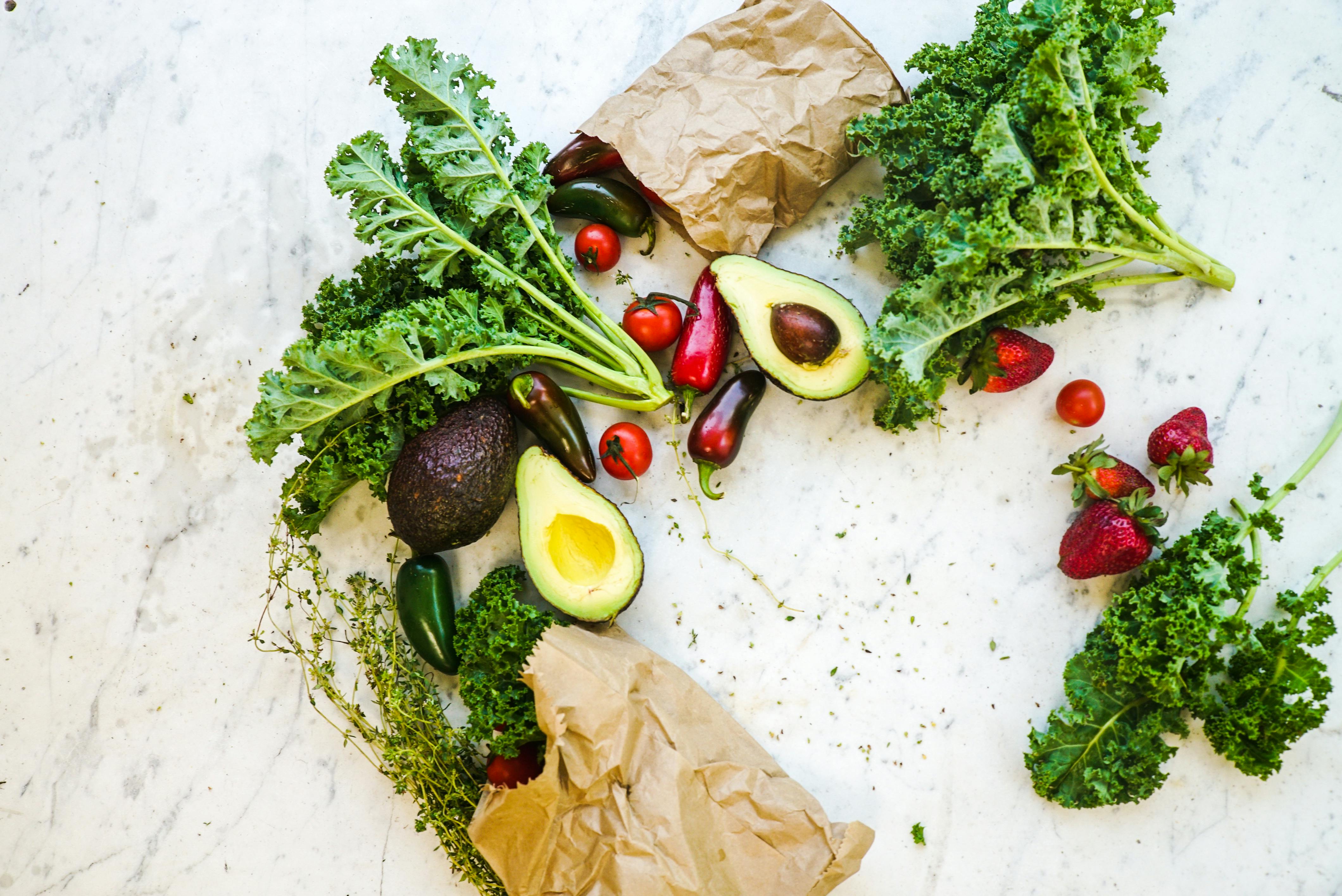Top 5 Practical Ways to Identify Potato: Fruit or Vegetable?
The potato is one of the most popular and versatile foods around the world, often found in various forms on our plates—from baked and mashed potatoes to potato chips and salads. However, confusion sometimes arises about whether the potato is classified as a fruit or a vegetable. Understanding this can enhance our appreciation of potatoes and their culinary uses. This article delves into the characteristics that determine whether a potato is a fruit or a vegetable, providing you with practical methods to identify and enjoy them. By the end, you'll have a clearer knowledge of potato types and how to incorporate them into your meals.
Potatoes, a staple in many diets, come in various types, each offering unique flavors and nutritional benefits. From sweet potatoes to russet potatoes, knowing how to differentiate between these types is crucial for both culinary practices and health benefits. Additionally, understanding potato cultivation, harvesting, and storage will help you make informed choices when purchasing or growing your own. Here are the top ways to identify whether a potato is a fruit or vegetable!
Understanding the Botanical Classification of Potatoes
Definitions of Fruits and Vegetables
Botanically, a fruit is the mature ovary of a flowering plant, usually containing seeds, while vegetables encompass all other edible plant parts like roots, stems, and leaves. Since potatoes develop underground as tubers, they are classified as vegetables. This unique part of the potato is rich in starch, making it a staple in many diets worldwide.
Identifying Potato Varieties
Potatoes come in numerous varieties, including russet, red, yellow, purple, and sweet potatoes. Each type has its culinary uses and nutritional benefits, ranging from the high starch content in russet potatoes, ideal for baking, to the lower sugar and unique flavor of sweet potatoes, which can be prepared in both savory and sweet dishes. By understanding the differences between these varieties, you can easily identify the best type of potato for your recipes.
Culinary Uses and Applications
Potatoes can be prepared in various ways—baked, boiled, mashed, fried, or even made into chips or casseroles. Each method brings out different flavors and textures in the potato. Understanding these cooking methods and their impact on potato dishes can help you appreciate the vegetable's versatility. For instance, russet potatoes are perfect for baking, while waxy varieties like new potatoes are better for salads due to their firmness.
Identifying Potatoes through Growth and Harvesting Stages
Potato Cultivation Practices
Potato farming involves various steps, starting from seed selection to soil preparation. Understanding how potatoes grow can help you identify their types. For example, sweet potatoes grow on vines above the ground, while regular potatoes develop under the soil. Observing the growth stages, such as sprouting and blooming, allows for better identification and understanding of the harvesting timeline.
Signs of Maturity and Ready to Harvest
Knowing when to harvest potatoes is key to obtaining the best flavor and texture. The right time to harvest is when the foliage starts to yellow and die back. By investigating these signs, farmers and home gardeners can determine when to dig up their potatoes, ensuring they're at peak quality for consumption.
Storage Tips for Different Potato Types
Different types of potatoes require specific storage methods to maintain freshness. Storing potatoes in a cool, dark place can extend their shelf life. Understanding the features that differentiate varieties can help in selecting the proper storage for each type, ensuring you enjoy optimal flavors in your dishes over time.
Exploring the Nutritional Value of Potatoes
Nutritional Benefits of Potatoes
Potatoes are packed with essential nutrients. They offer a good source of vitamins C and B6, potassium, and fiber. By comparing the nutritional value of different varieties, such as sweet potatoes and russets, consumers can make informed dietary choices. Sweet potatoes, for instance, provide more vitamin A, making them a healthier option for those mindful of their nutrient intake.
Health Considerations Regarding Potatoes
While potatoes are generally healthy, they can lead to allergies or intolerances in some individuals. Monitoring how your body reacts to different types of potatoes will help identify any sensitivities. Moreover, learning about potato-related diseases and their prevention can ensure that you enjoy their health benefits without adverse effects.
Potato Recipes for Every Occasion
Potatoes can be included in various recipes, from simple sides to complex dishes like gratins or casseroles. Popular choices include mashed potatoes, baked potatoes, and potato salads. Exploring different cooking techniques can help you discover new favorite recipes, enhancing your culinary repertoire and enjoyment of this versatile vegetable.
Conclusion: Embracing the Potato in Your Diet
From understanding their botanical classification to their diverse culinary uses, identifying potatoes as fruits or vegetables offers insights into their roles in our diets. Potatoes are undoubtedly vegetables, but their unique properties and varieties make them an essential part of meals worldwide. By leveraging the information shared on growing, harvesting, and preparing potatoes, you can incorporate them into delicious and nutritious dishes that will delight your family and friends.
